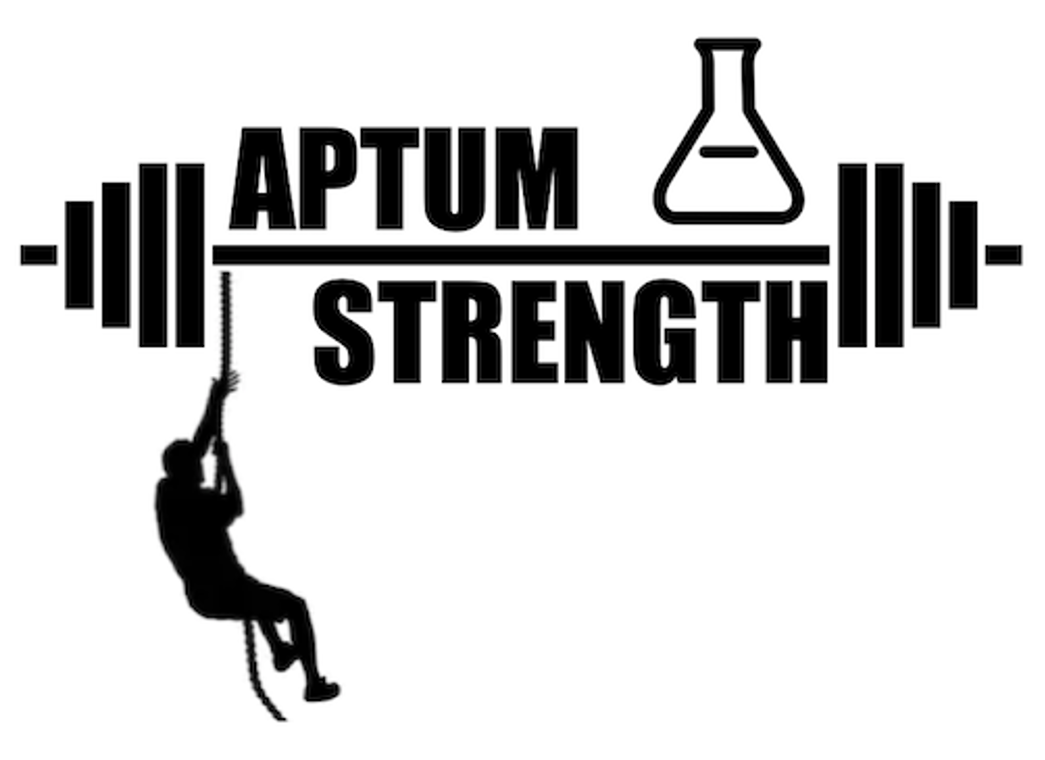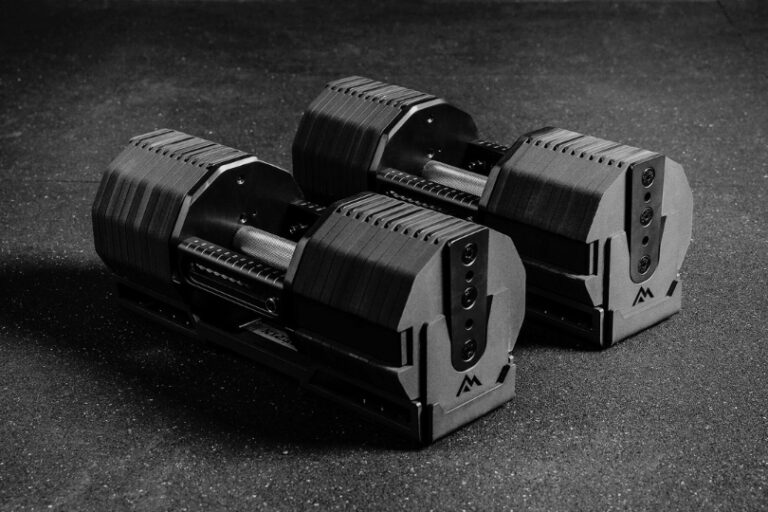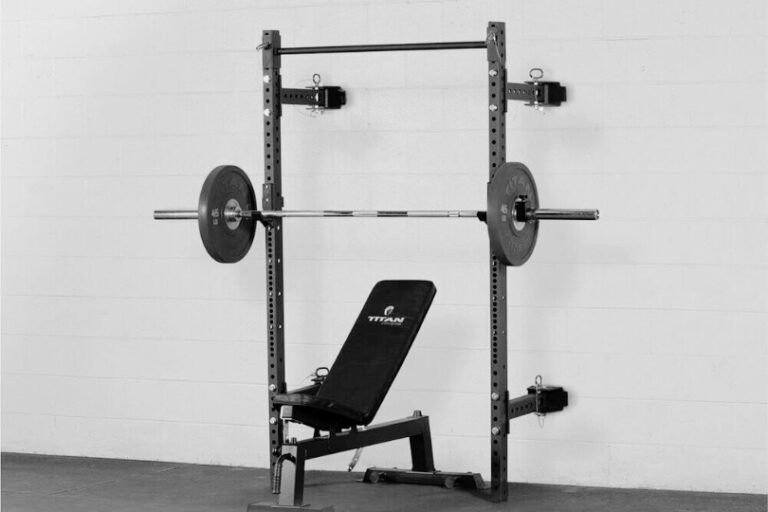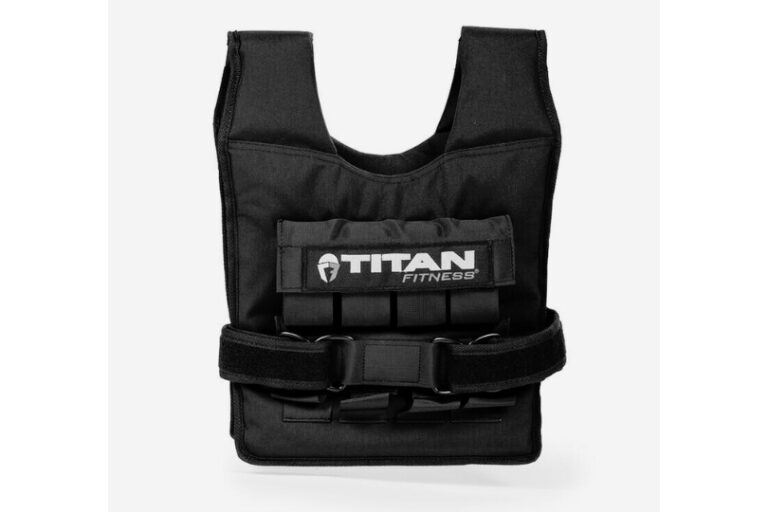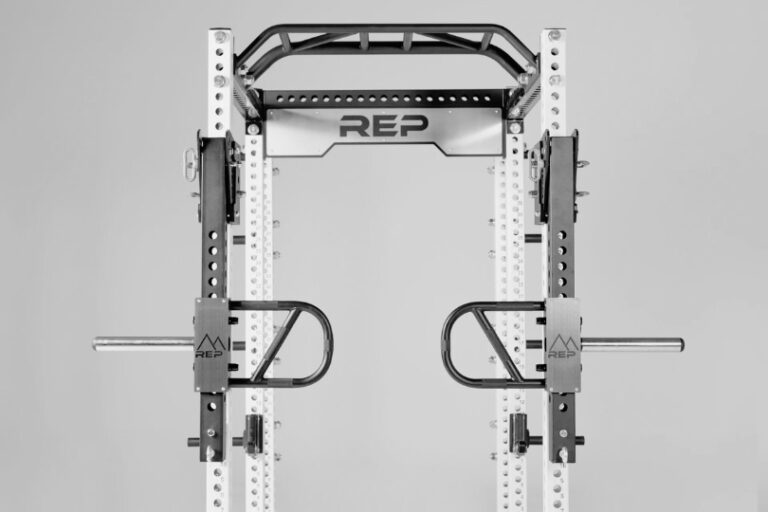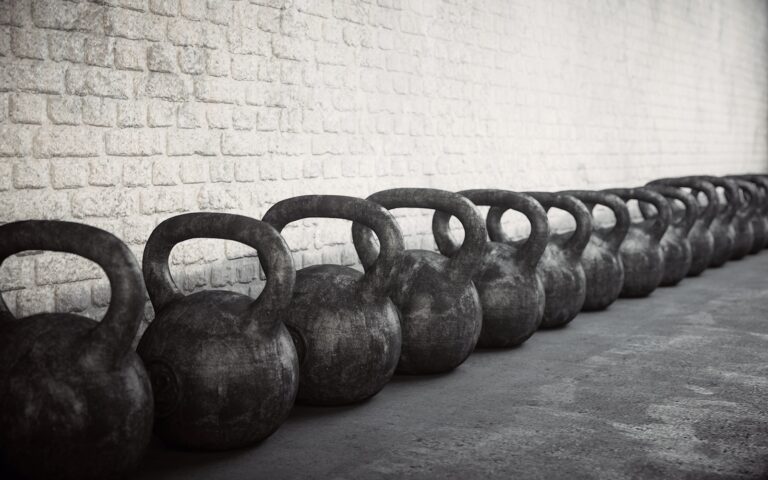Can minimalist workouts really help you get in great shape without spending hours in the gym?
Note: this is the second article focused on training minimalism. The first article discussed training with minimal equipment and space.
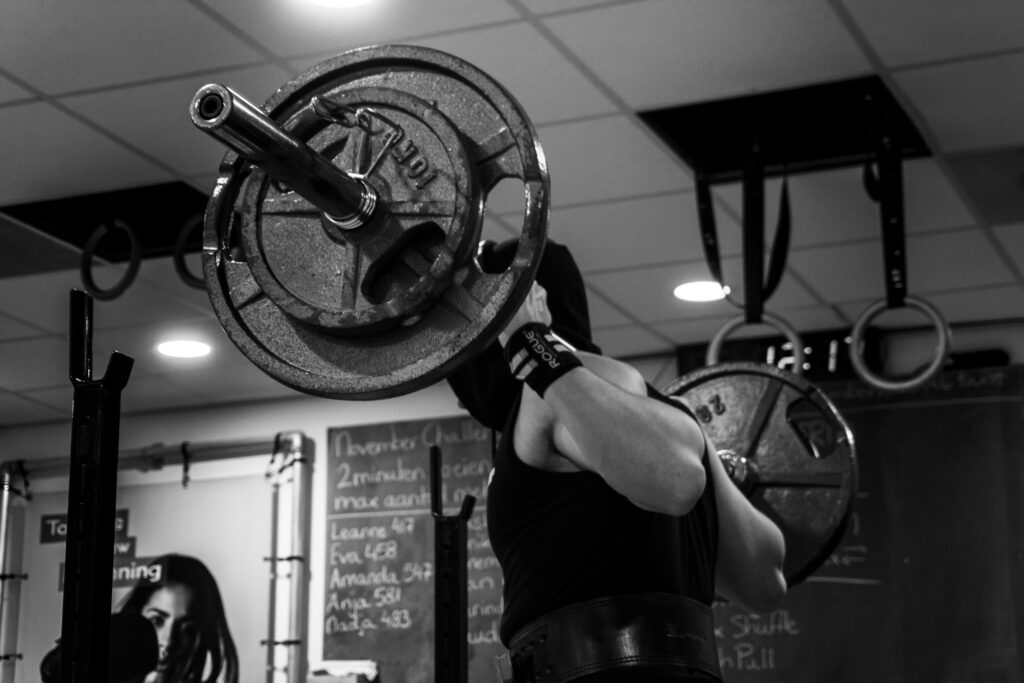
Results for Time Invested
Compound full-body movements like the squat and deadlift produce the best results for time invested
When it comes to training minimalism — which could mean a number of things — spending minimal time training is what most people think of first. How can I get the best results in the shortest amount of time possible? Given that 48% of Americans report that they don’t have enough time to do what they want, the quest for results in minutes instead of hours seems bound to continue.
In response to this demand, the fitness industry has a history of producing dubious solutions to meet Americans’ desire for time-constrained fitness.
From Jamie Brenkus’s original 8-minutes Abs which hit the airwaves in 1995 to the more recent ROM Machine, which promises to deliver a complete workout in only 4 minutes a day, there’ve been plenty of efforts to appeal to Americans’ desire for results in limited time.

The “ultimate” minimalist workout?
Rather than analyze the pro’s and con’s of these fads, I’ll present my own experiment in time-saving minimalist workout programing. My goal was to put together an effective strength and conditioning program — one that trained total-body strength and conditioning — that took 90 minutes or less each week.
Minimalist Workouts: Program Structure

Before putting together the actual program, I laid out criteria that would form the underlying basis for its structure — a structure that would allow for highly efficient training adaptations. This approach led to the development of a minimalist training routine, emphasizing efficiency and effectiveness through compound movements and minimal equipment, designed to target multiple muscle groups while requiring minimal time.
Principles
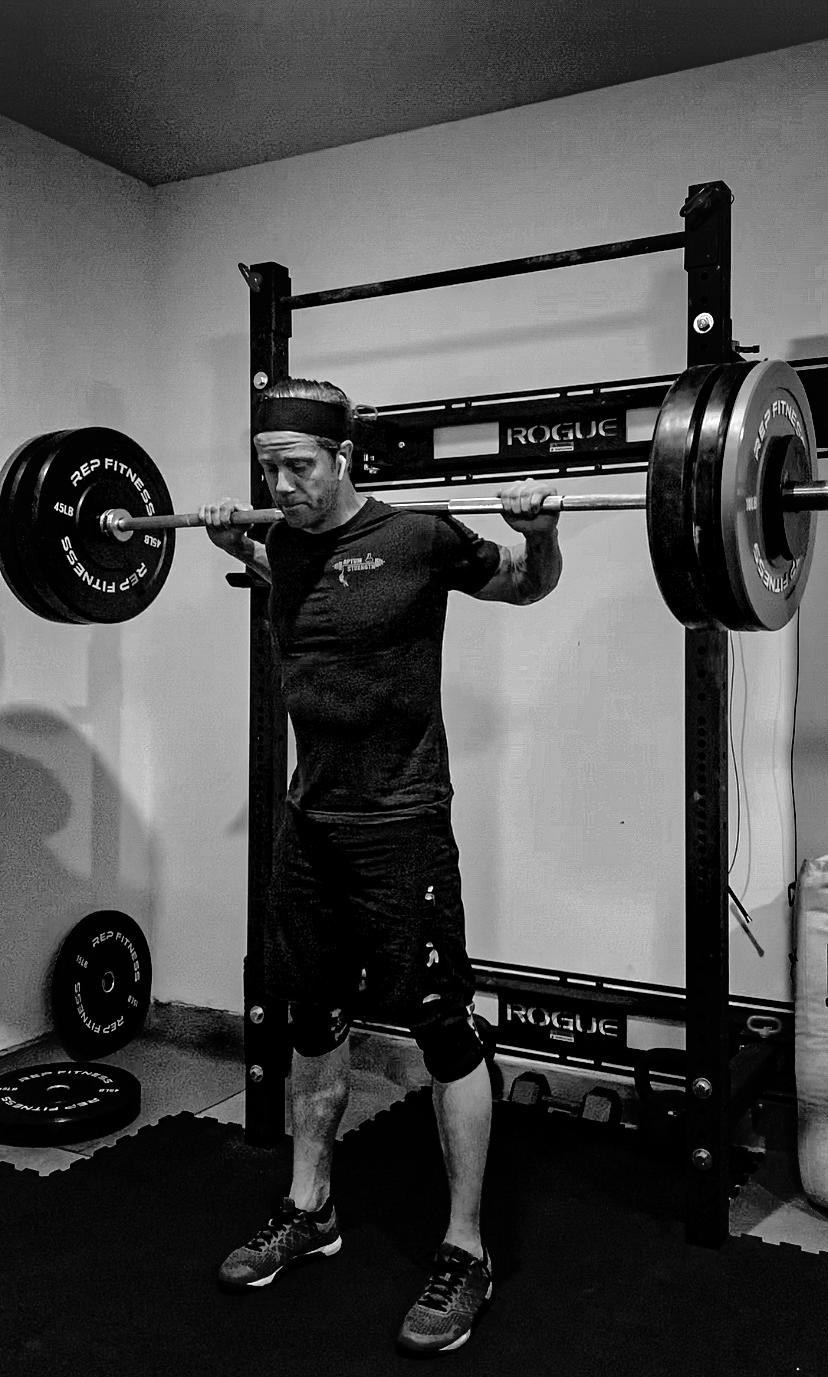
Include upper, lower, and total-body movements
Limited rest between exercises
Emphasize the importance of maintaining proper form during exercises such as bench press, dumbbell presses, various squats, deadlifts, and overhead presses to prevent injuries and maximize the benefits of the training program
3 days a week: 2 strength days, 1 conditioning day
Gradually add weight and reduce time between sets (reps stay uniform)
Movements Targeting Multiple Muscle Groups
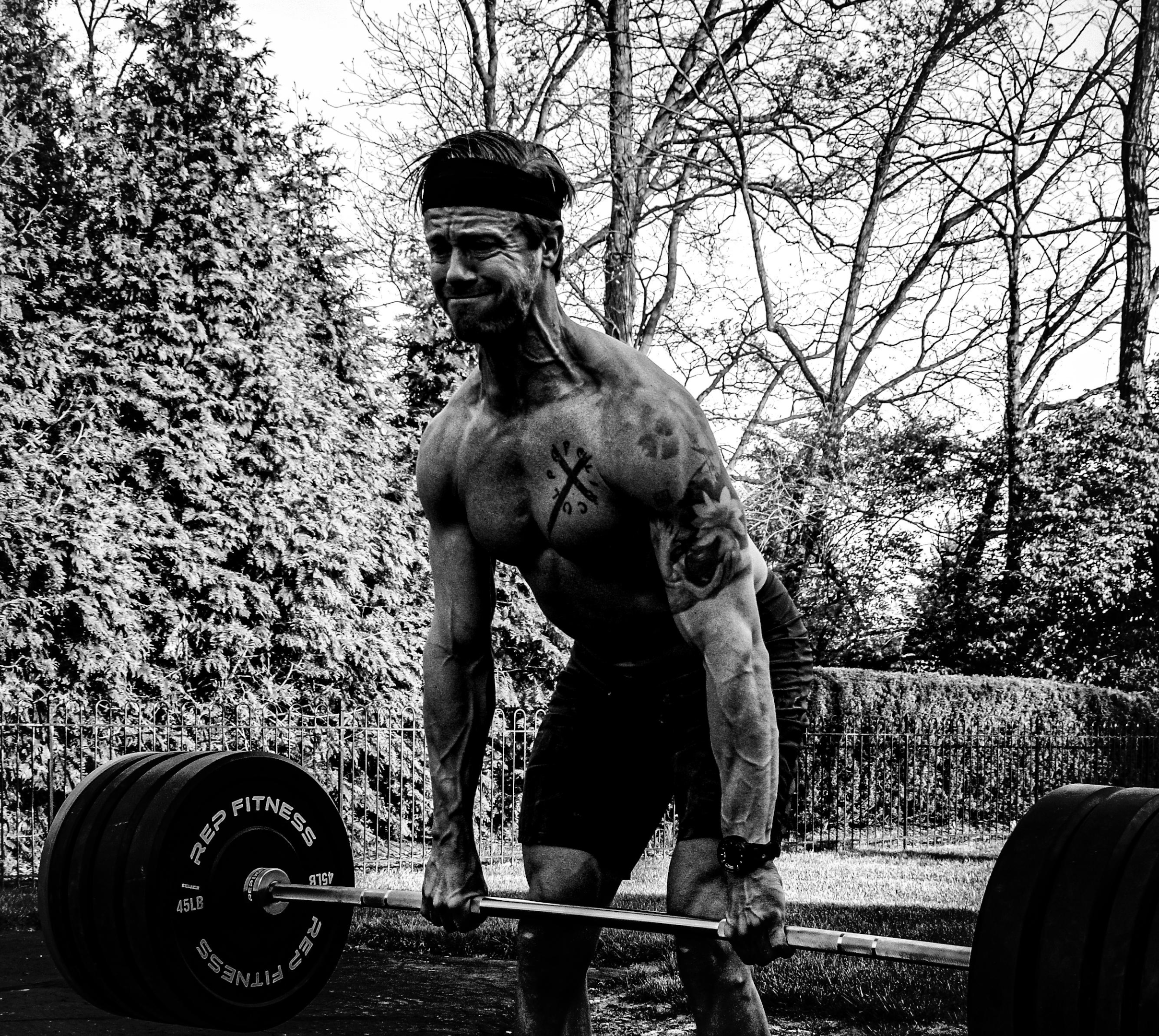
Leverage high-payoff movements that target multiple muscle groups (compound, full-body movements)
Avoid highly technical movements like the snatch or muscle-up.
I chose to avoid highly technical movements, like the snatch or muscle-up. It’s not that these movements aren’t effective — quite the contrary — but, they are advanced and require practice, making them less-suited for my time-focused minimalist workout program.
Avoid isolation movements, such as bicep curls.
These lack the central nervous system (CNS) stimulation needed to produce maximum results in minimum time
Incorporate a pull up bar in your home setup for an effective range of strength and mobility exercises, highlighting its essential role in a minimalist training setup.
Repetitions

High repetition sets to increase time under tension (while lower reps are better for building absolute strength, higher-rep sets produce a greater metabolic response). Believe me, you’ll feel it in a that you don’t with heavy sets and lower reps.
The minimalist training routine Workouts
Because my aim with this workout plan was to save time, I focused on creating full-body workout plans, which are the most time efficient. That means no training split, such as the upper lower split which is popular in body building.
One of the surprising benefits of the minimalist workouts I detail below is that they can be great for promoting muscle growth and produce significant strength gains, especially for athletes who have spent years doing 60 or 90-minute workouts. In an effort to be time efficient, these workouts allow for better rest and recovery, promoting highly efficient muscle growth and strength gains.
Here are the three specific workouts I did during my experiment in training minimalism.
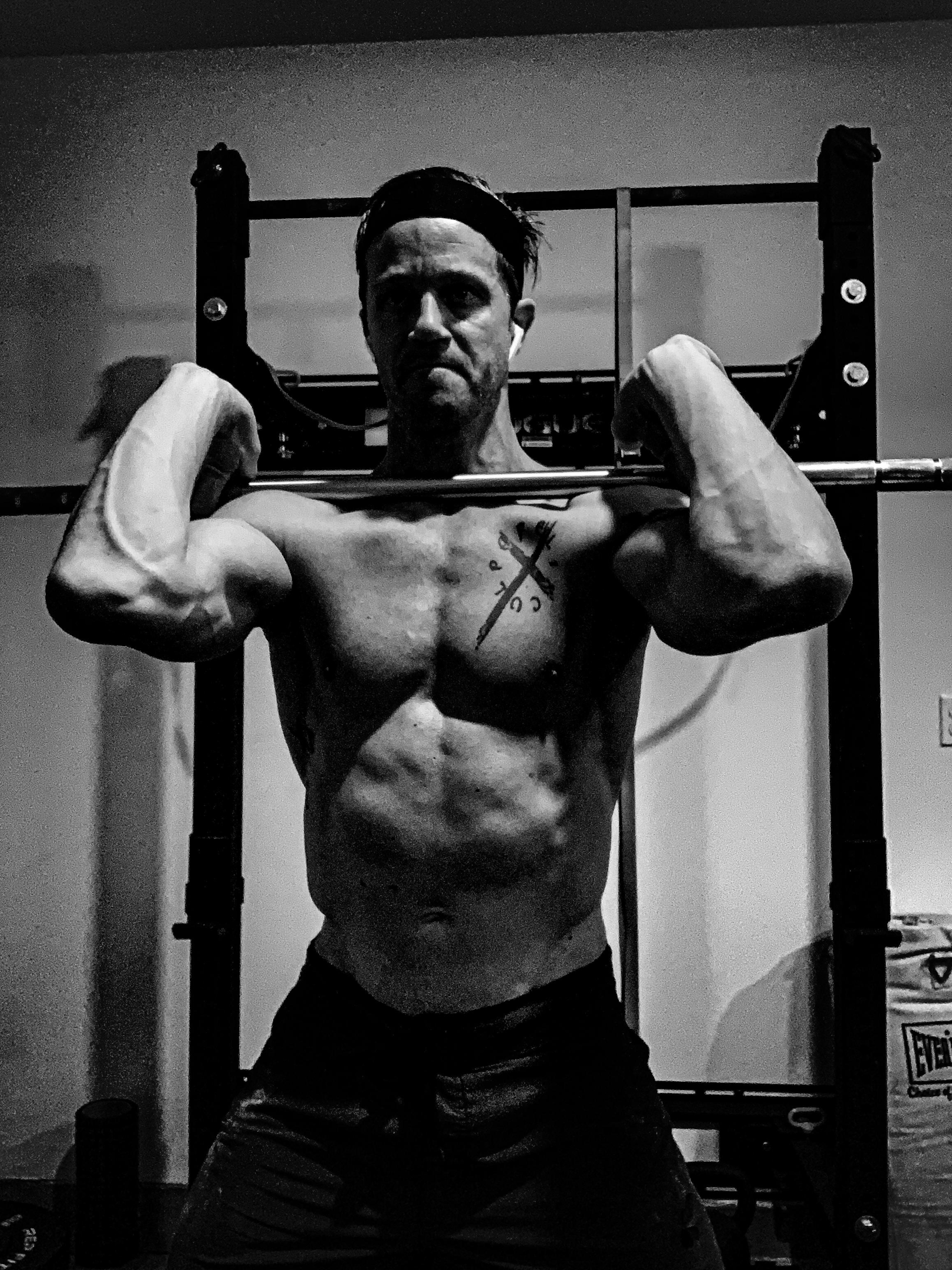
Workout 1 (40 minutes, Less Than an Hour)
Before diving into the core exercises, incorporating warm up sets can significantly prepare your body for the workout ahead, enhancing the routine’s time efficiency by ensuring you’re ready to tackle the exercises with optimal performance and reduced risk of injury.
Rest no more than 90 seconds between exercises
Squat: 1 x 20
Bench Press: 1 x 20
Deadlift: 1 x 20
Pull-ups: 1 x 20 (use bands or weight to make it easier/harder, as needed)
Workout 2 (20 minutes)
5 Rounds on a treadmill (X mph, X-degree incline)
– 30-second sprint
– 30-second rest
– Begin at 8 mph, 8-degree incline and work up to 10 mph, 10-degree incline over 6 weeks
Workout 3 (30 minutes)
Rest no more than 90 seconds between exercises
Squat: 1 x 20
Overhead press: 1 x 20
Power Clean: 2 reps EMOM x 10
Single leg deadlift: 1 x 10 each leg – An effective movement for challenging stability, mobility, and strength, while targeting multiple muscle groups.
The Results
I began this program in a relatively trained state — meaning, I had been training 4+ days a week for six months — and it represented a reduction in my overall training volume at the time. Still, after following the minimalist training program for 6 weeks, I observed gains across nearly all the movements included in the program.

Strength
My largest strength gains were on the squat and deadlift, where I added 20 pounds and 30 pounds, respectively, to my starting weights for my 20-rep sets. My bench press, overhead press, and pull-ups all increased by 5-10 pounds during the 6-week program. Notably, these strength improvements were accompanied by noticeable muscle growth and an increase in muscle mass, underscoring the program’s effectiveness not just in enhancing strength but also in building a more muscular physique.
Mobility
Despite spending less time on my warm-up, the high-volume sets allowed my muscles to reach a higher degree of elasticity and fuller range of motion. Additionally, I found that the bracing required through fatigue also worked many of the smaller stabilizing muscle groups in the back and core.
Time
The time required for this workout program was exactly as listed — 90 minutes a week. However, because this routine required me to go to the gym three days a week, it consumed a total of nearly three hours a week after factoring in commute time (15 minutes to/from = 30 minutes of commute time per workout = 90 minutes of commute time per week).
Complete strength and conditioning in 90 minutes a week may not have much potential in the world of fitness infomercials, but with the right minimalist training structure, 90 minutes is enough time to achieve meaningful results.
Implementing the Training Program
Here are a few recommendations for how you can implement a minimalist workout routine:
First and foremost, it requires commitment and planning. Begin by setting aside three days a week for your training sessions. Each workout session should adhere to the principles outlined, focusing on compound, full-body movements to maximize results within the limited time frame.
Tailor the Training to Your Needs
Here are a few ways you can consider tailoring the program to your own situation and goals.
Schedule Workout Sessions: Allocate specific days and times for your training sessions, prioritizing consistency to maintain momentum and progress.
Prepare Equipment and Space: Arrange necessary equipment and create a conducive workout environment to minimize distractions and maximize focus during training.
Track Progress: Keep a record of your performance and progress over time, monitoring improvements in strength, endurance, and overall fitness levels.
Adjust Intensity: Gradually increase weights and intensity as you become stronger and more proficient in executing the exercises, ensuring continued challenge and growth.
Listen to Your Body: Pay attention to signals of fatigue or discomfort, adjusting the workout intensity or rest periods accordingly to prevent injury and optimize recovery.
Emphasize Training Efficiency: Optimize your workouts by focusing on training efficiency, selecting exercises and organizing your sessions to achieve maximum results with minimal time commitment. Consider adopting a training split, such as the upper lower split, to minimize overuse injuries and maximize recovery while tailoring workouts to your specific goals and recovery needs.
By adhering to these guidelines and staying committed to the program, you can effectively incorporate minimalist workouts into your routine, achieving meaningful results in just 90 minutes a week.
Balancing Minimalist Training with More Complete Training Routines
While I think minimalist training programs can be a great tool for a variety of reasons – saving time, changing up your routine, maximizing the time your spend in the gym and under the bar – I don’t think there the end-all-be-all of training plans.
They deserve a place in your training toolkit, but that doesn’t mean it should be the only thing you ever do.
Like any routine, it you still to the same 5 or 6 movements, or the same 3 workout plans for years on end without ever changing, you’ll see diminishing returns, and eventually negative returns.
Here are a few disadvantages of minimalist workouts over the long-term if not properly balanced with other forms of training:
Stabilizing muscles: by focusing only on a few big lifts and movements, you’ll neglect many of the stabilizing muscles that support those big lifts. These stabilizing muscles are essential for maintaining proper form, and when you stop training them directly for long periods of time, they can begin to atrophy.
Endurance: training minimalism is great for packing a great punch in a short period of time, but one thing it doesn’t train you for is continuing to push for long periods of time. The body has multiple metabolic pathways, and if you neglect one pathway for an extended period of time, you’ll lose it.
Symmetry: Big lifts are essential for results, but training them exclusively for months or years can exacerbate imbalances. Everyone has some muscular imbalances, and single-arm and single-leg variations are important to make sure they don’t get out of hand.
Conclusion
I’d emphasize that training minimalism is a great tool and deserves a place in everyone’s overall training program.
Whether you’re looking to take a break from a more intense, time-sucking training routine to enjoy life outside the gym, or looking for an easy way to get back into a training rhythm, minimalist workouts can be a great tool to add to your training toolkit.
But don’t get carried away and think that this is the only form of training you will ever need.
